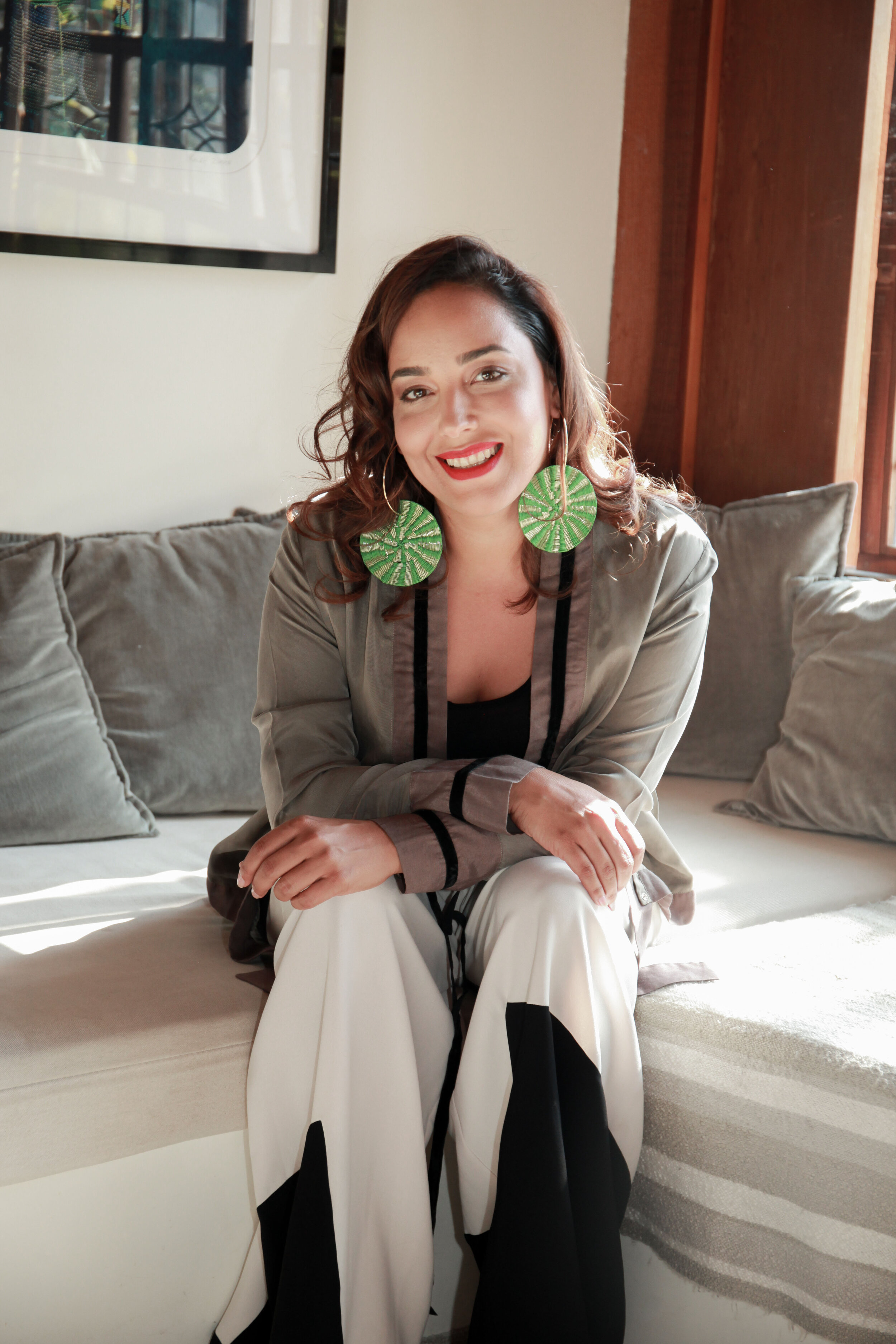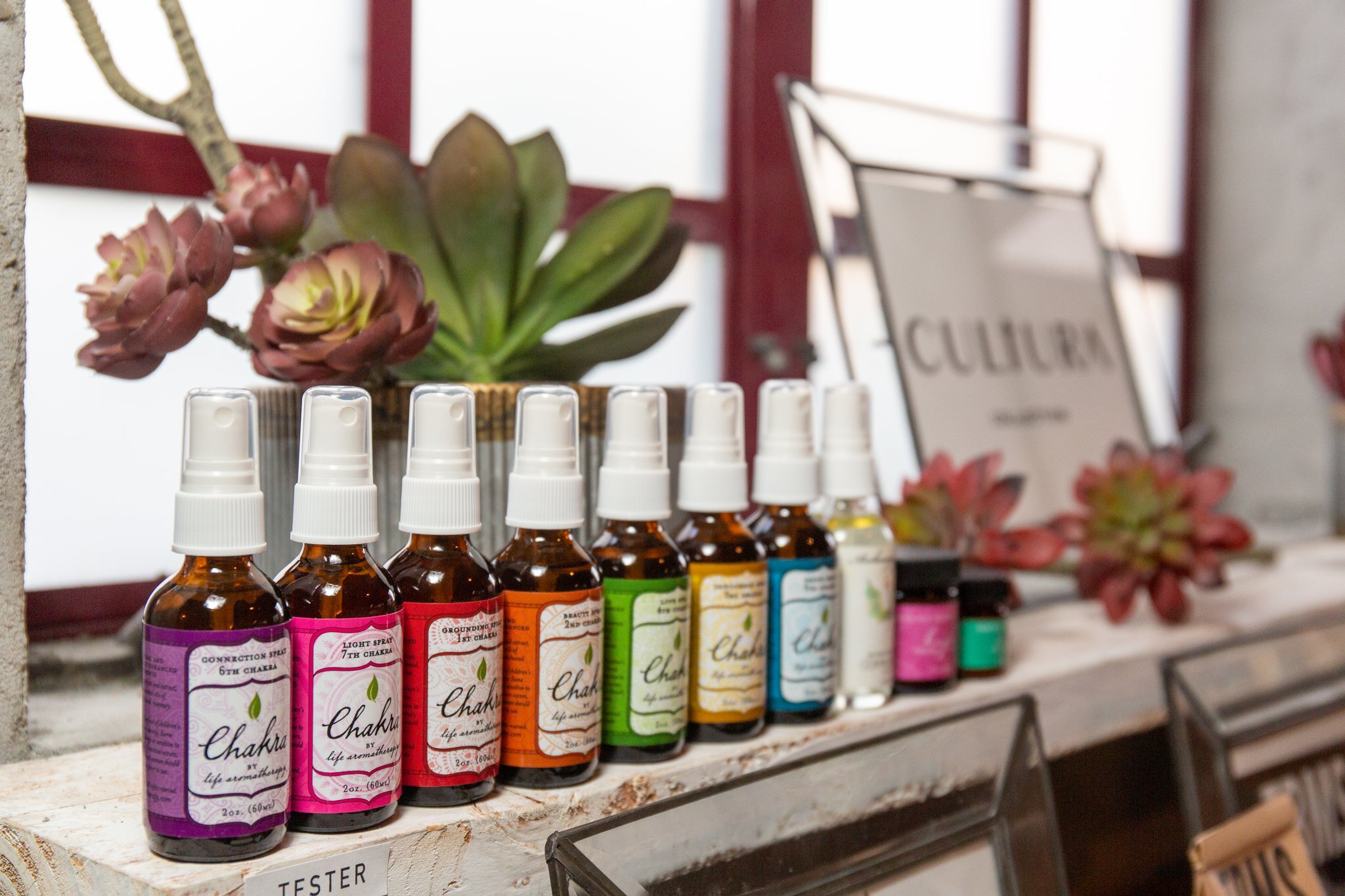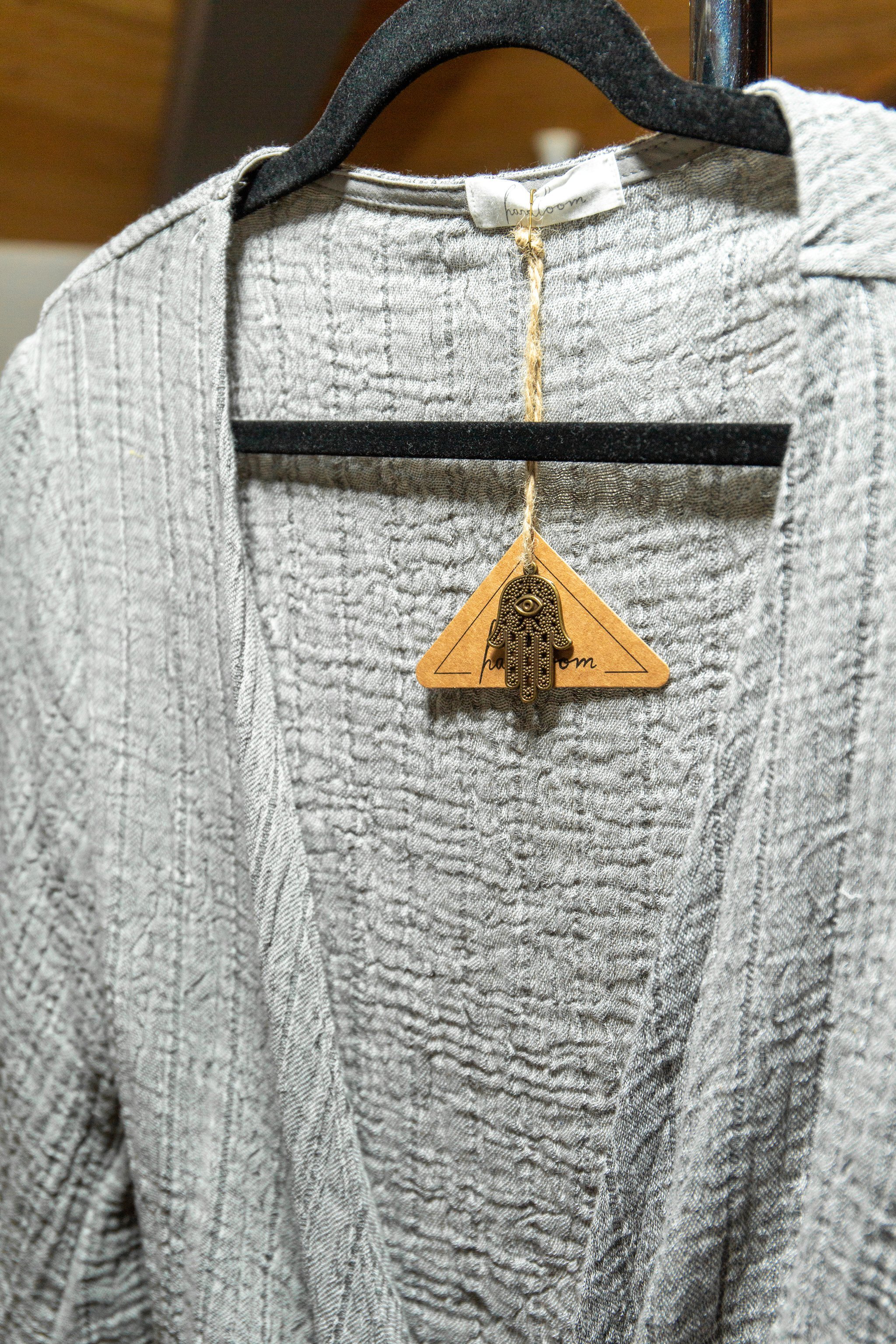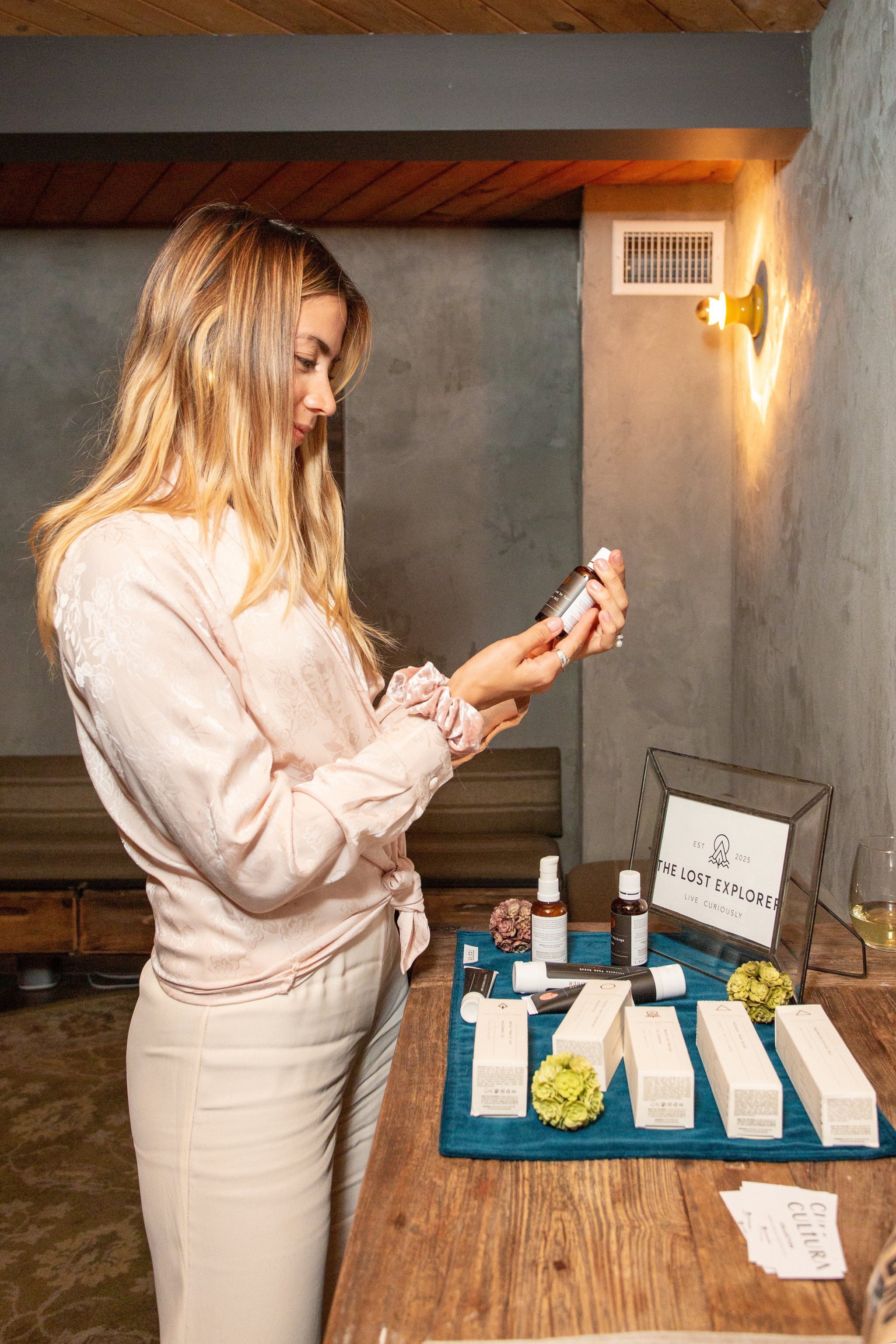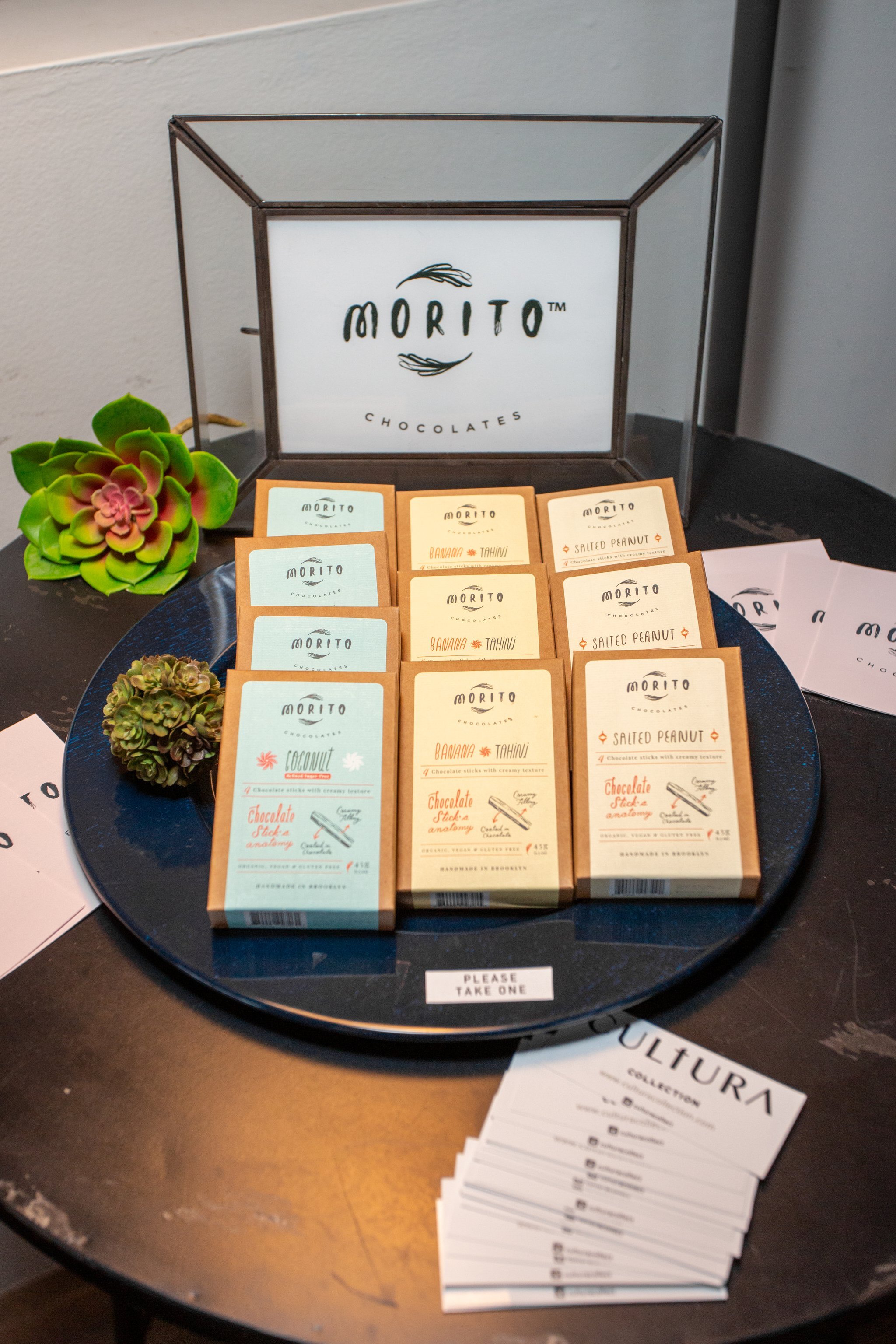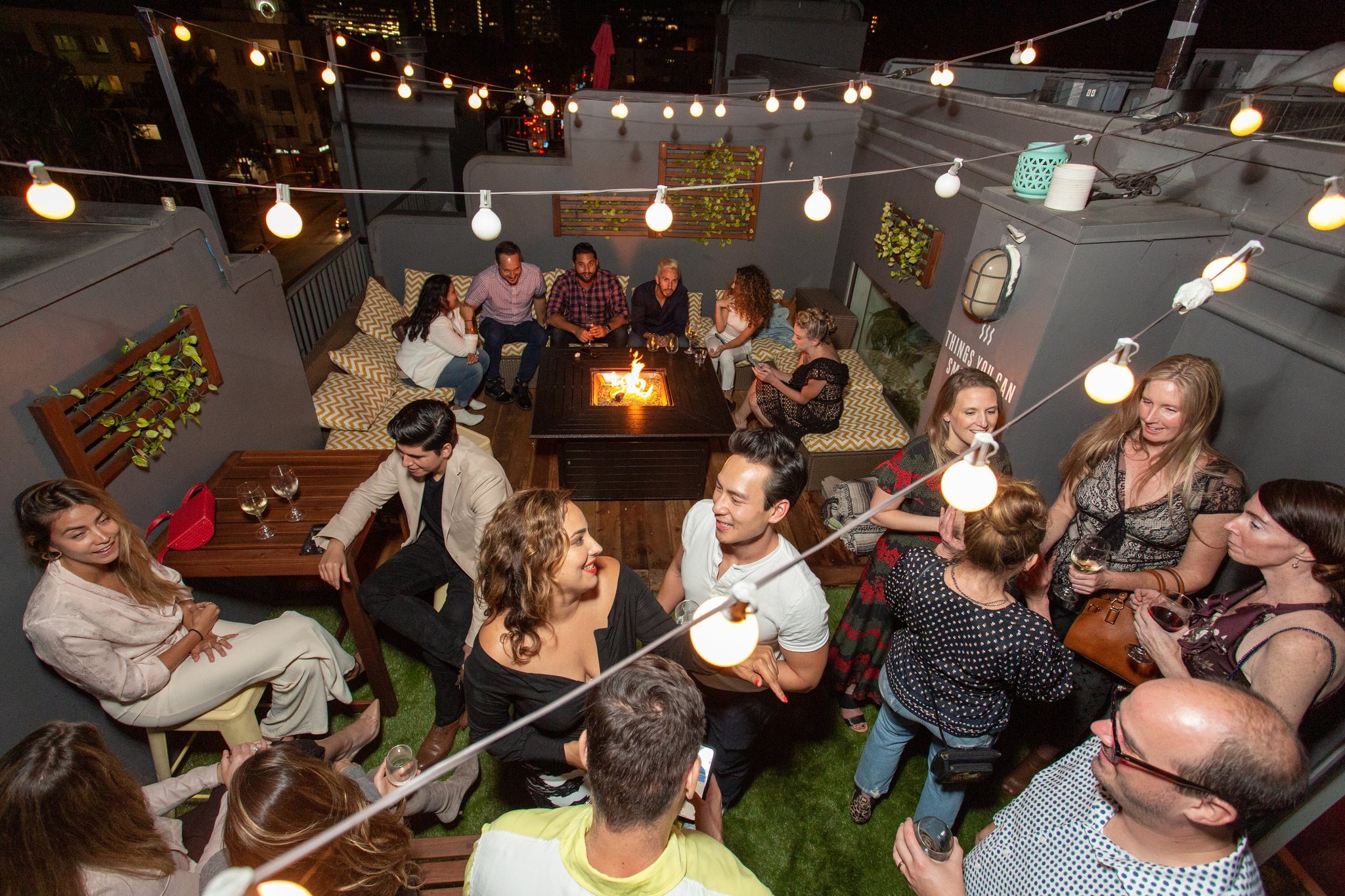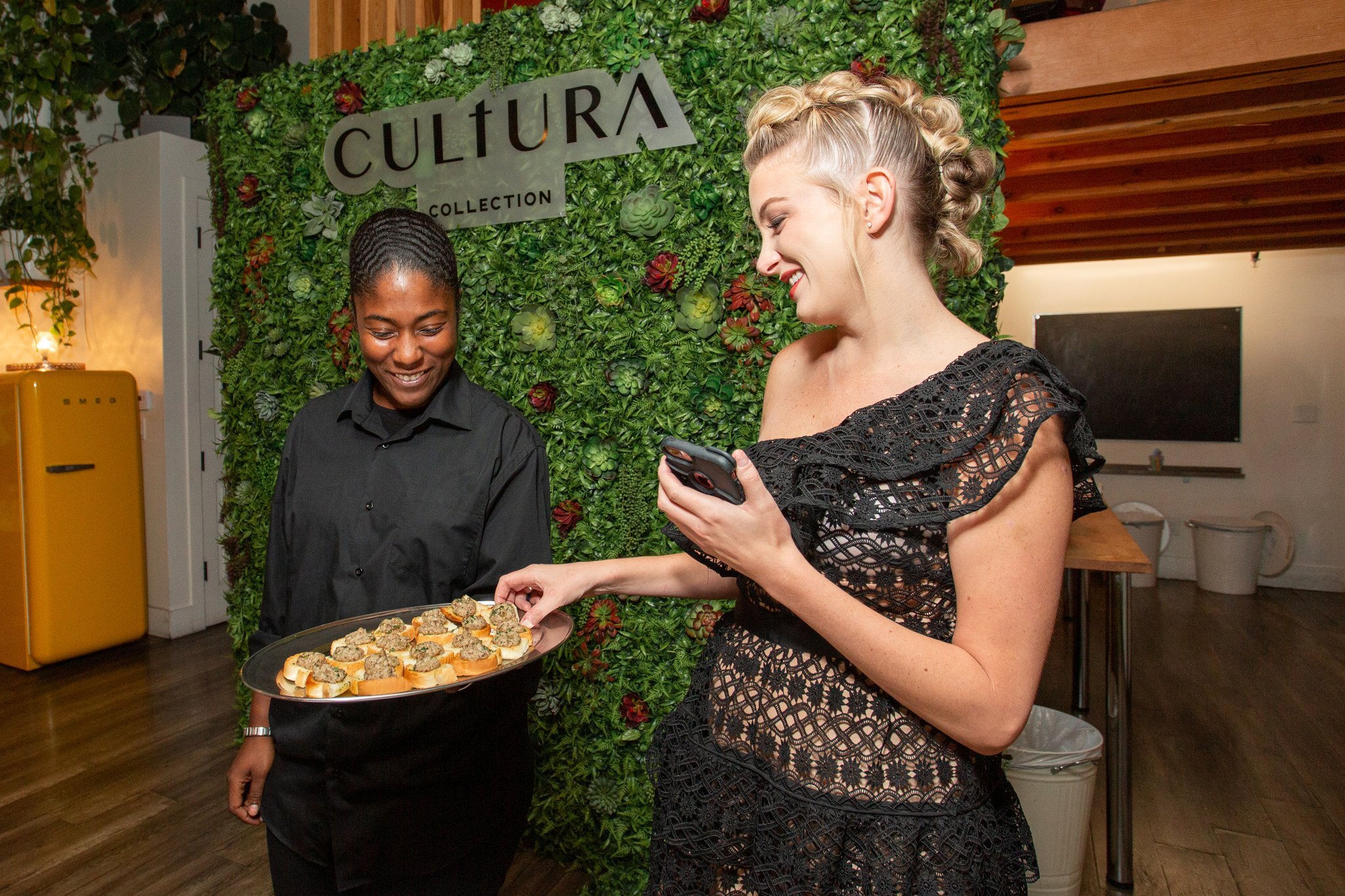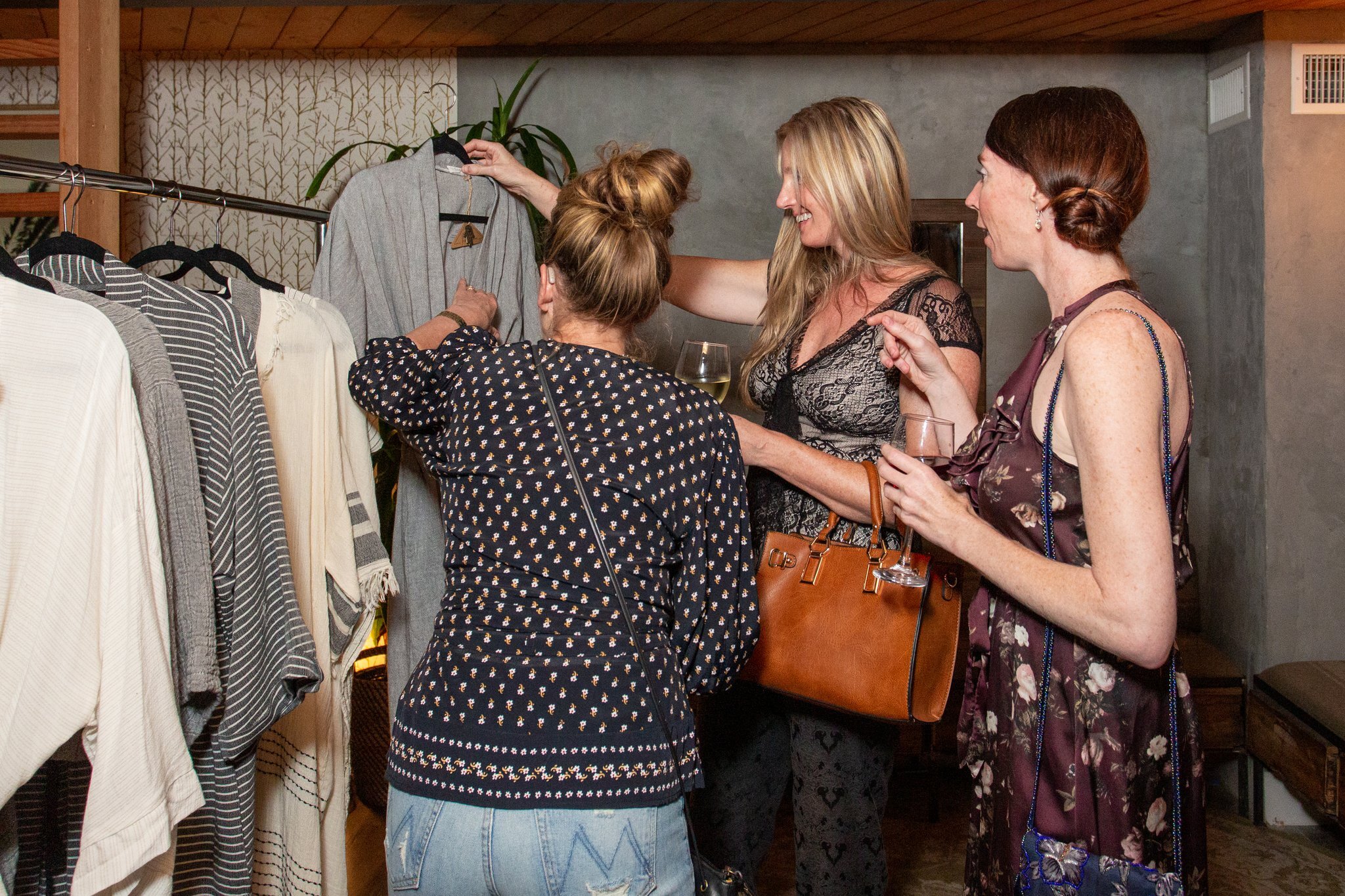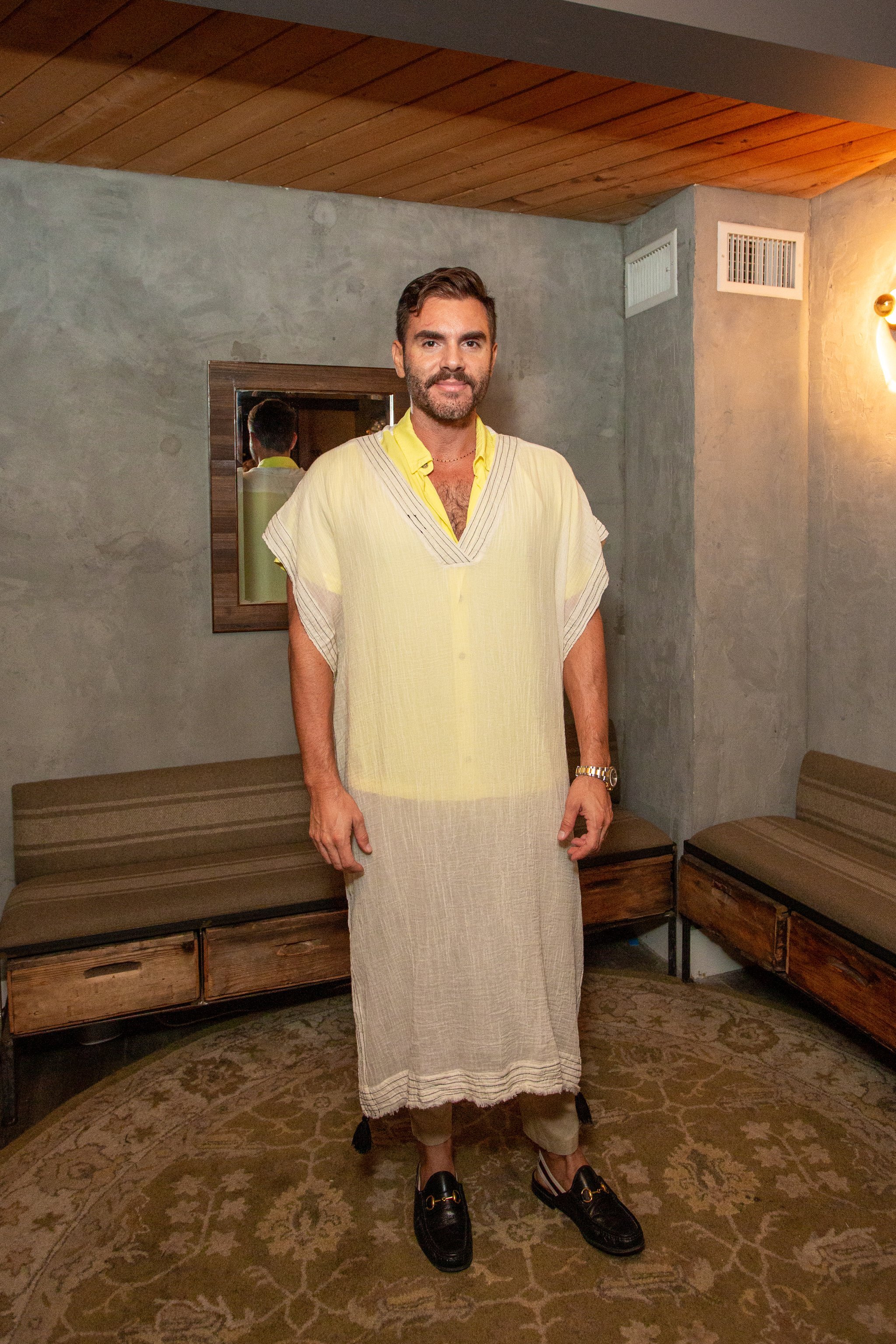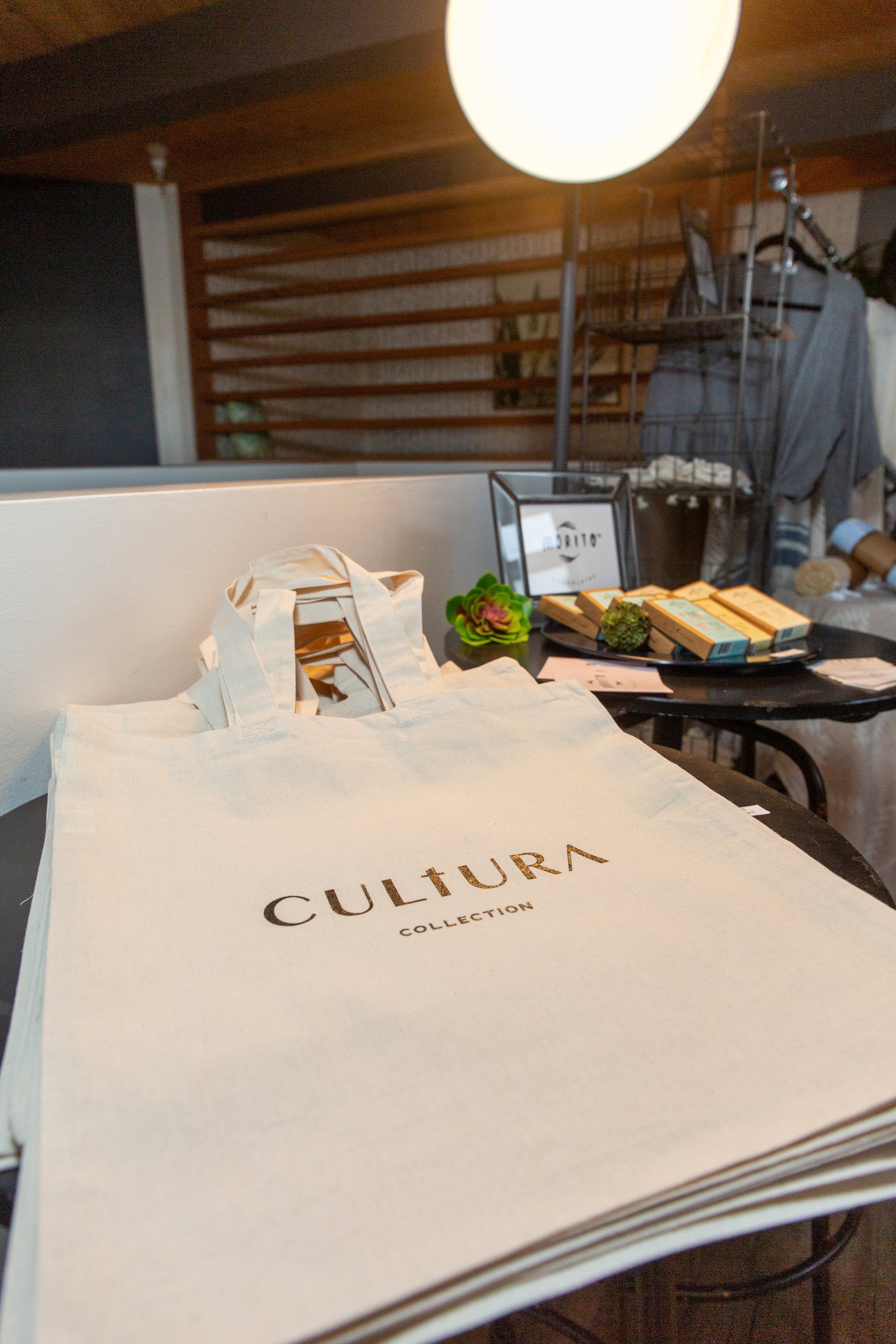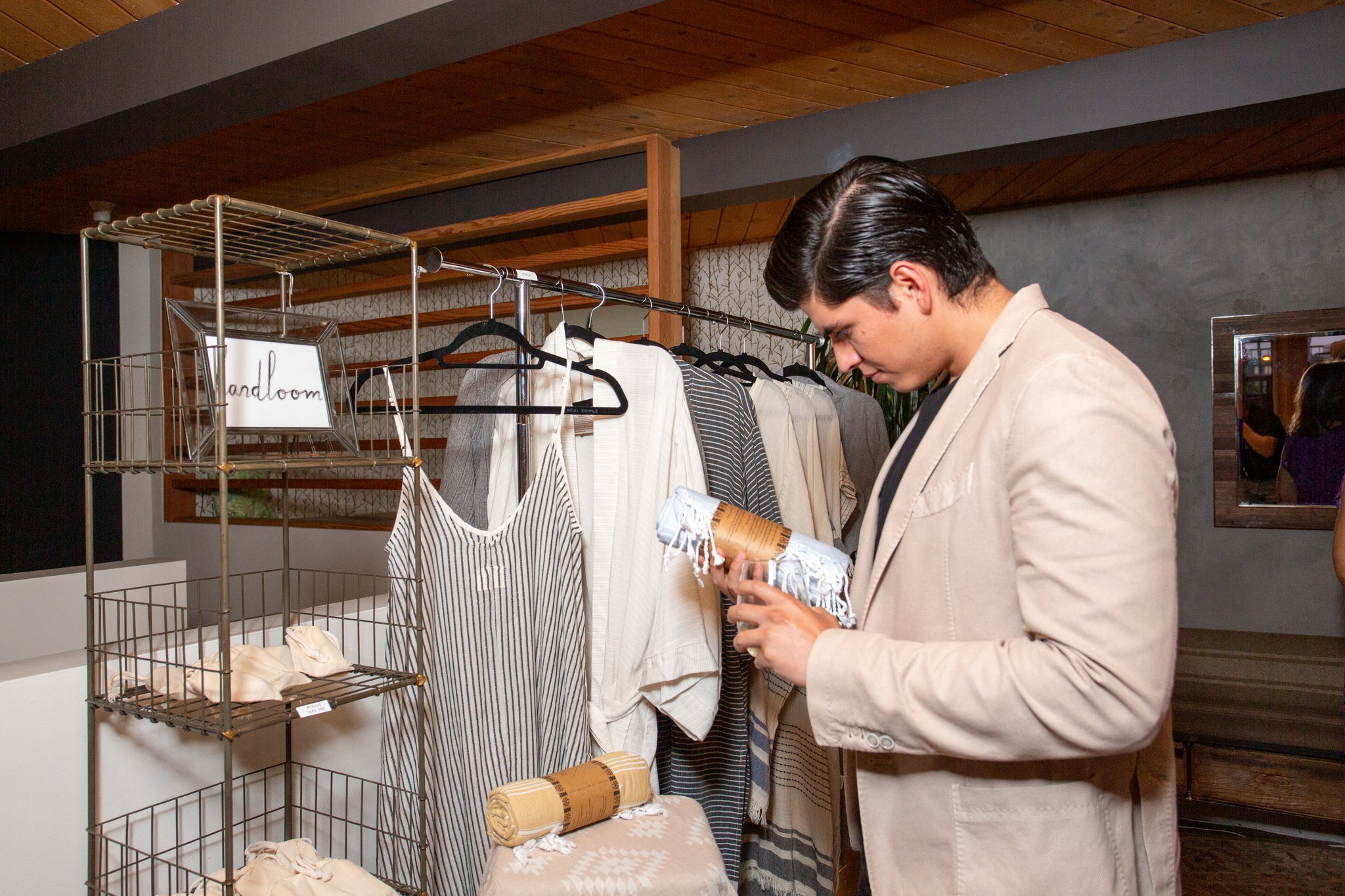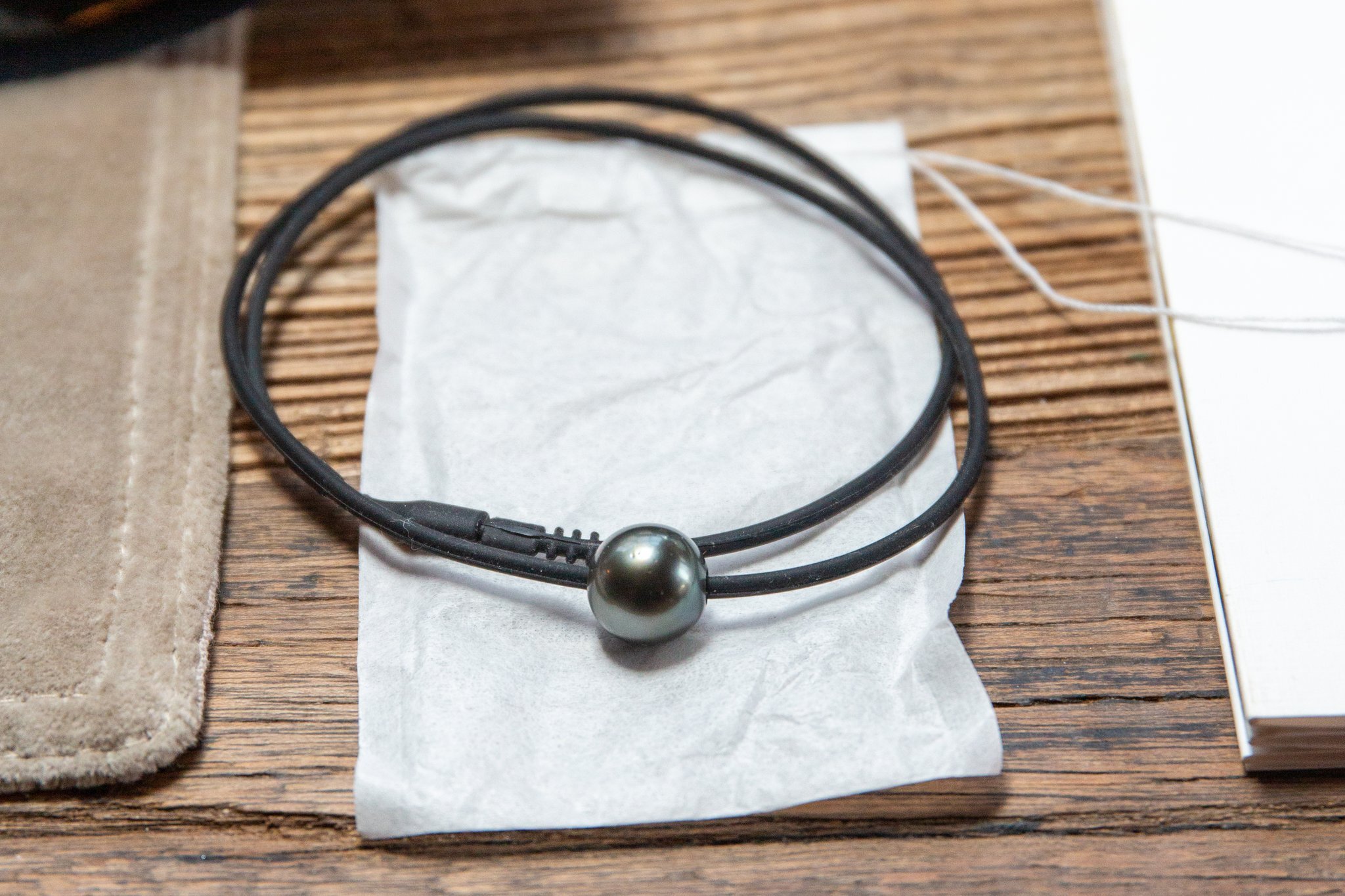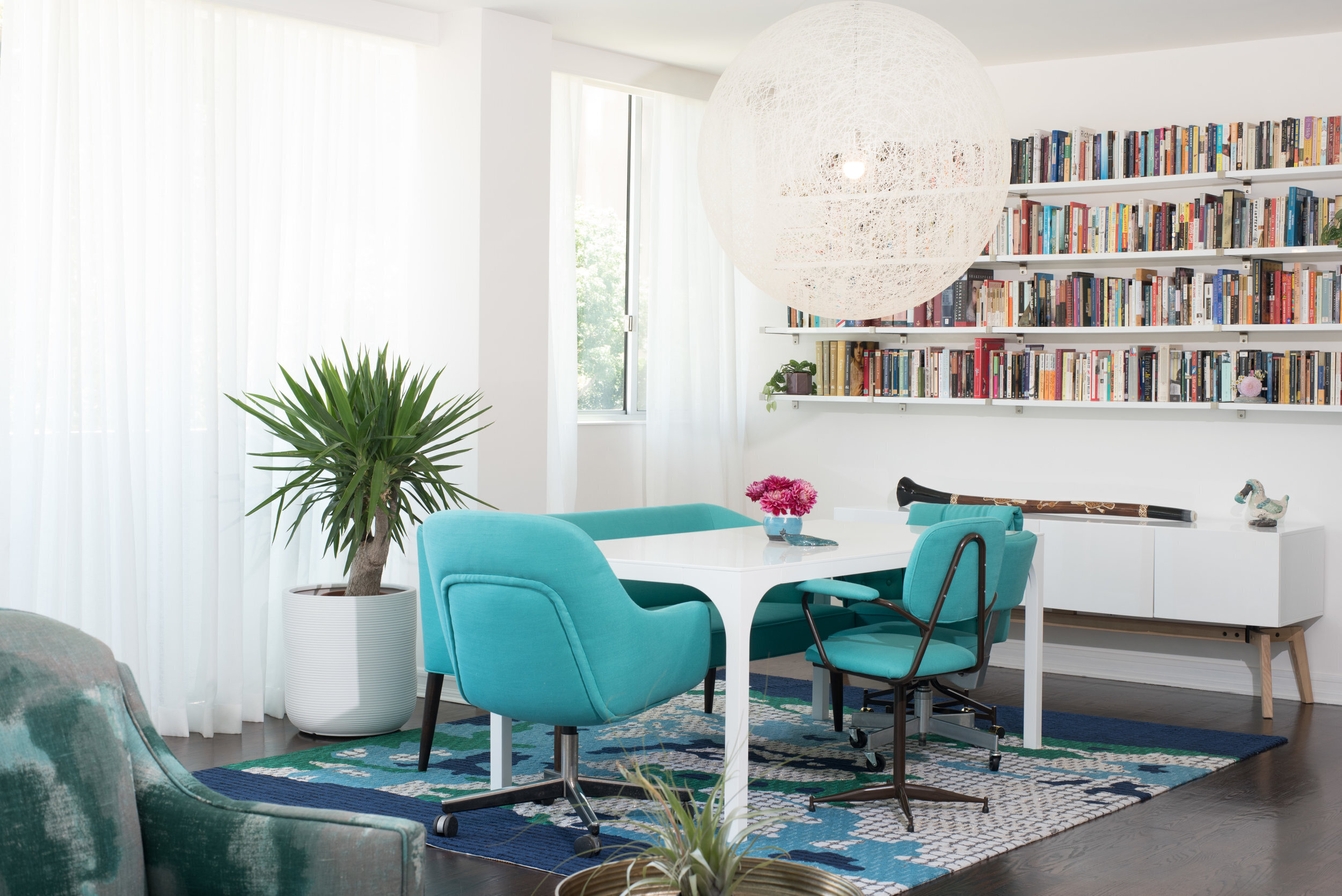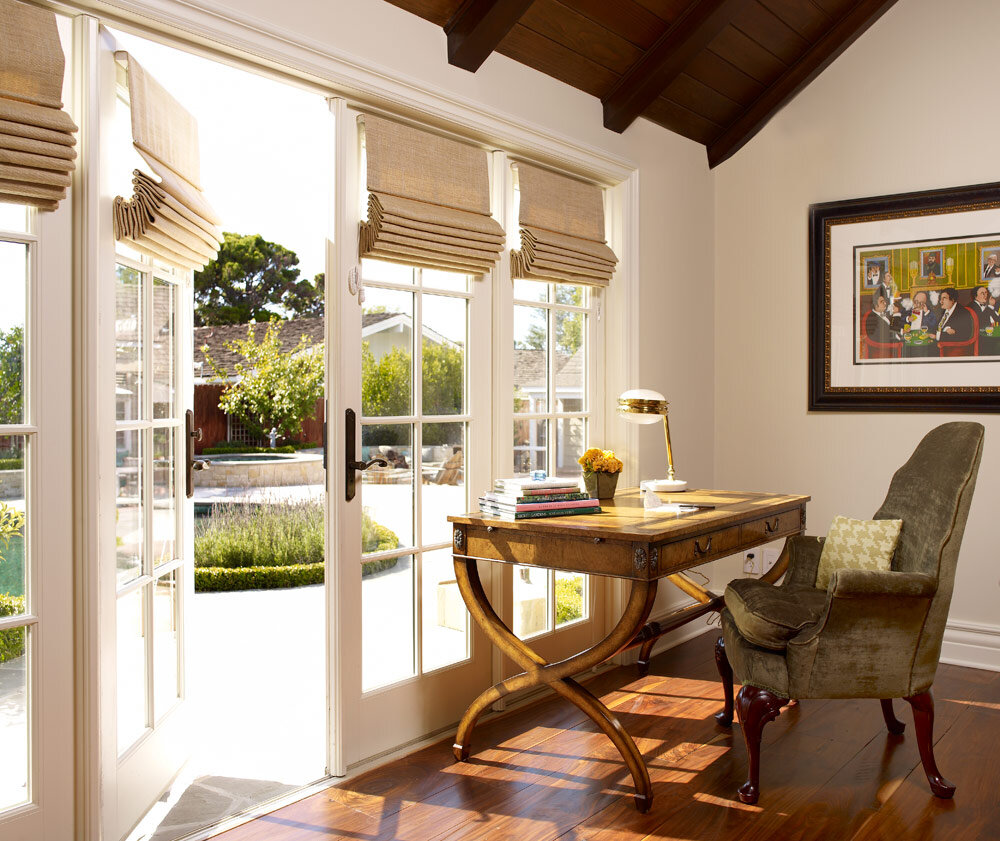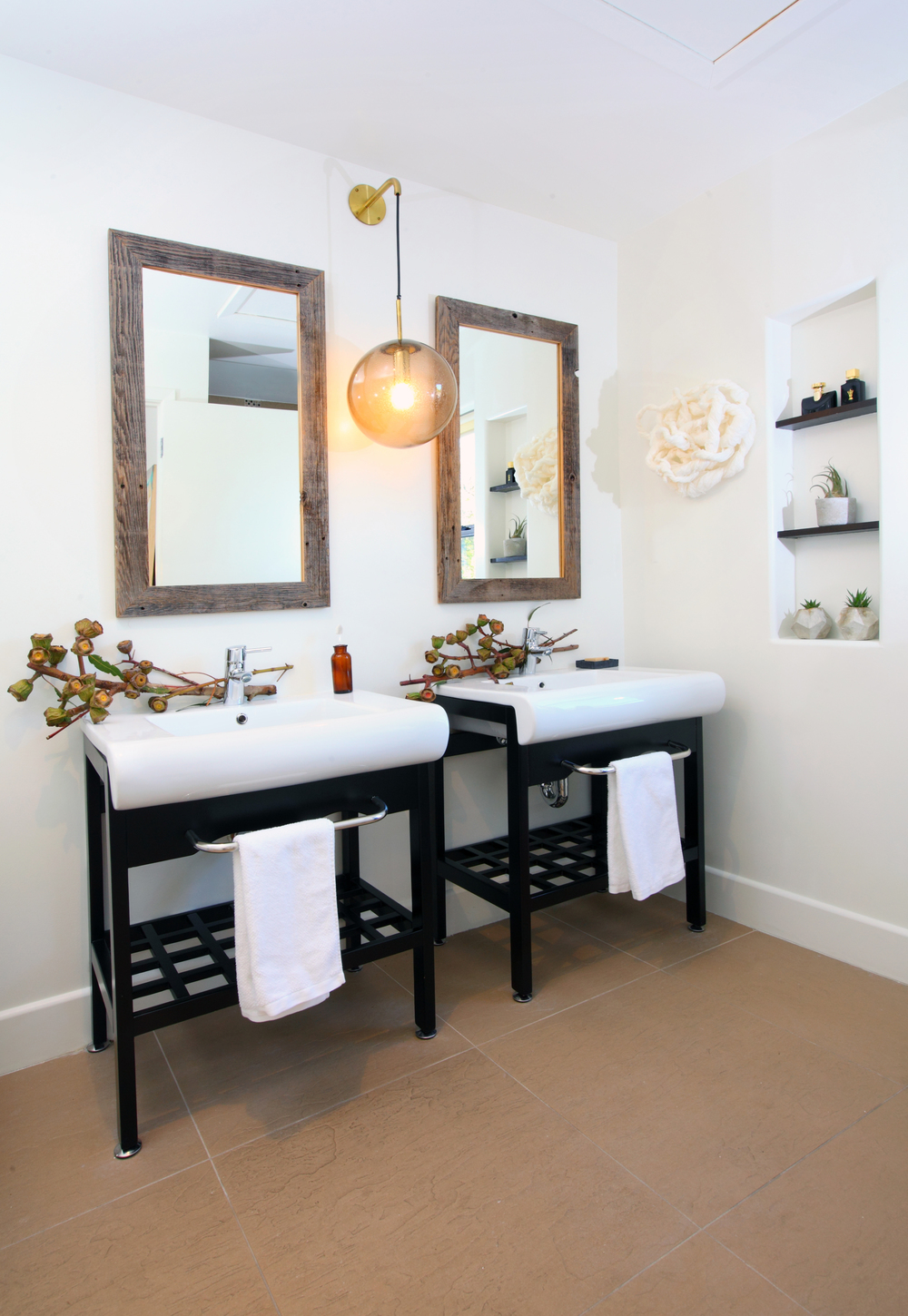Women-led businesses we love: Cultura Collection, a new lifestyle brand with an ethos of wellness and sustainability
/Sarah Barnard Design recently attended an exclusive launch party in Santa Monica for Cultura Collection, a new online collective that retails quality products from conscious, purposeful brands and serves as a community hub for global citizens interested in travel, music, dance and wellness.
Founder Renimah Al-Mattar, a longtime friend of Barnard’s, launched Cultura Collection after 15 years in the corporate world. “I started this brand because I believe in the power of wellness,” says Al-Mattar. “For me, a healthy lifestyle started with immersing myself in the type of exercises that brought me joy like music and dance and yoga, but it also extended to eating clean and using products that are eco-conscious and free of chemicals and harmful additives. All of the products I carry support this ethos.”
The launch party was held on the rooftop of a commercial building in downtown Santa Monica, where guests snapped selfies against a succulent backdrop, nibbled on hors d'oeuvres prepared by a local restaurant, and browsed the selection of wellness products, handcrafted clothing, paper goods and delicious vegan chocolates.
Al-Mattar is committed to mentoring, supporting and empowering women and the majority of the brands represented in Cultura Collection are women-owned and operated. “We still live in an age where it is more difficult for women-led businesses to have access to capital or even marketing and distribution at times,” says Al-Mattar. “My goal is to use my online platform to tell the stories behind these unique brands.”
This message resonates with Barnard, whose own online boutique storefront, Kale Tree, supports the work of local artisans producing sustainable, ethically-made home goods. Lifting up fellow women-led businesses is something Barnard is particularly passionate about.
“I’m so happy to see what Renimah has accomplished in her support of small makers and women in particular,” says Barnard. “I’m looking forward to following her business as it grows.”
The successful launch of the Cultura Collection brought together like-minded individuals to celebrate well-made products, artisan communities and entrepreneurship. Barnard was grateful to have been in attendance for Al-Mattar’s first and most important business milestone. You can shop the Cultura Collection online at culturacollection.com (they’ve got some great holiday gifts!) or follow them on social media.



